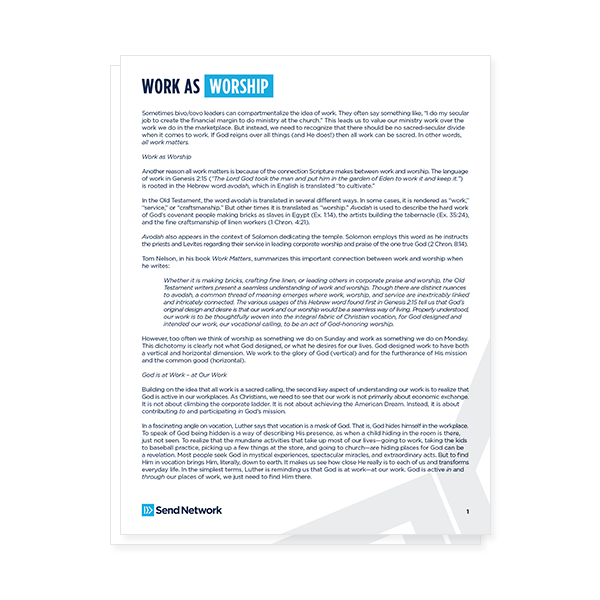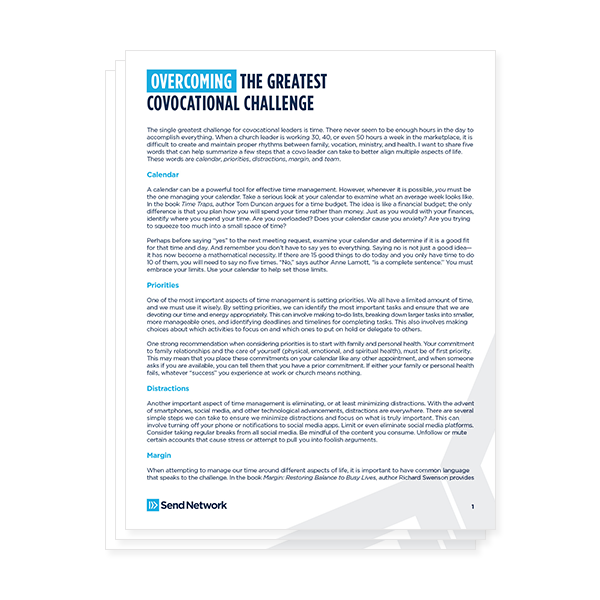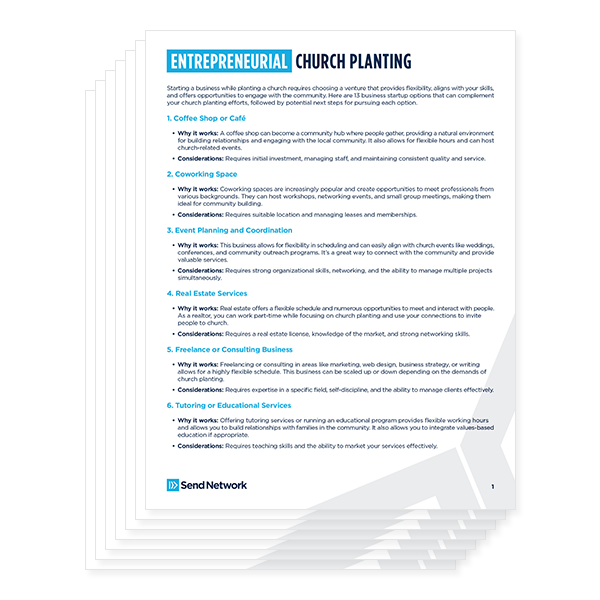Movement is a mindset.
Perhaps the very first thing that should be said in regard to church planting and movements is that it has to be a mindset. It not only has to change the way we think about church, mission, and multiplication, but it will begin to shape the very way we function as the church.
Rather than an alternative model of doing church, movement is a complete paradigm shift in the way we think.
Albert Einstein’s saying is correct as we apply it to the church in North America: We cannot solve the problems of the church by using the same kind of thinking we used when we created those problems in the first place. In other words, we can’t keep thinking and doing what we have already done, and expect different results. We must thoroughly reimagine how we understand and live out the life of the church, if we wish to truly see a movement.
Make it a discipline to think movements, not institutions. If you identify yourself as a movement, and take it seriously, you will eventually start acting like one.
The makeup of a movement
What are the tangible characteristics of multiplying churches that are attempting to live out a movement ethos? Here are four aspects that help make up a movement culture:
1. God’s mission is central
A church focused on real movement has a strong emphasis on the missio Dei, which simply means the “mission of God.” It is God who has a mission to set things right in a broken, sinful world to redeem and restore it to what He has always intended.
A movement church will understand that mission is not the invention, responsibility, or program of the church. Instead, they will see that mission flows directly from the character and purposes of a missionary God. A movement church will live out the reality that God’s primary activity is in the world, and their responsibility is to be sent into the world to participate in what He is already doing. As a result, the church will not simply send missionaries; instead they view their church as the missionary.
2. All of God’s people are activated
Movements only succeed to the degree they legitimize and activate the ministry of all of God’s people. Every believer carries within the potential for world transformation. Consider this: In every seed is the potential for a tree, and in every tree the potential for a forest, but all of this is contained in the initial seed. In every spark, there is a potential for a flame, and in every flame is the potential for flame, but all of this is potentially contained in the originating spark.[i]
3. Adaptive leadership and adaptive structures
A movement church has the kind of leadership that knows how to move a church and keep it moving. As mentioned in the previous post, in movement-focused churches, the effectiveness of the leaders is not measured by what they do or do not accomplish, but by how the people of God are equipped, enabled, organized, and inspired to participate in God’s mission in the world. The church today needs leaders who are able to model a kind of spirituality that doesn’t reject the rebels and risk takers in the church, but instead listens, discerns, and validates their legitimate and important perspective — and then releases them into their calling.
Further, in a movement church, the leadership and structure are geared toward disciple-making. In the makeup of a movement, discipleship is the engine for everything. Without it, the church will drift away from its core calling.
Movement occurs when the making of mission-shaped disciples — who live in the world for the sake of the world, in the way of Christ — goes viral. Movement is about developing structures and systems that catapult people into mission, where reproducing discipleship groups, missional communities, churches, and networks of churches is a natural part of its DNA. It’s the ripple effect: Throwing a rock into a pond creates one ripple, and then another and another, till ripples cover the whole pond.[ii]
4. APEST with an emphasis on the A
While all five APEST (Apostle, Prophet, Evangelist, Shepherd, Teacher) ministries have a role that is vital and nonnegotiable, the apostolic in particular is the key to a movement — the kind we see on the pages of the New Testament. This is not an emphasis of importance or priority, but of purpose and design. By nature and calling, the apostolic person (the sent one) follows the innate impulses of his or her sentness and pushes the system to the edges in order to establish Christianity onto new ground. The pattern is clear: Remove apostolic influences, and you won’t get apostolic movement.[iii]
Movement heroes
One last thought on creating a movement culture: Our heroes are those people in our world who demonstrate through their lives what we think is truly valuable. They live out what we all hope to be. Heroes and their stories inspire us because they reach into, and embody, the vision of what we want to be and become.
For example, if your church’s hero is a brilliant scholar or preacher, then everyone gets the message that it is scholarship and preaching that are most prized. If, on the other hand, the church’s hero is the church planter or pioneer who is leading the charge to start new things to impact society, then people get the message that missional-incarnational mission is highly valued. The same is true for advocates of racial reconciliation, justice and so on. The heroes we champion are the living examples of what we are seeking to achieve. Don’t underestimate the importance of everyday heroes. They are embodiments of change.[iv]
Action / Reflection
- Review each of the four “The Makeup of Movement” characteristics. Identify at least one thing from each of the movement ideas that you can do to implement movement thinking into your church.
- Identify the “heroes” that you and your church champion. What do they communicate about what the church values?
[i] Timothy Keller, Center Church: Serving a Movement: Doing Balanced, Gospel-Centered Ministry in Your City(Zondervan, 2012), p. 459.
[ii] JR Woodward and Dan White Jr., The Church as Movement: Starting and Sustaining Missional-Incarnational Communities, Kindle Edition (InterVarsity Press), p. 23.
[iii] Keller, Center Church, p. 462.
[iv] Alan Hirsch and Dave Ferguson, On the Verge: A Journey into the Apostolic Future of the Church(Zondervan, 2011), p. 32.
Published May 2, 2018




